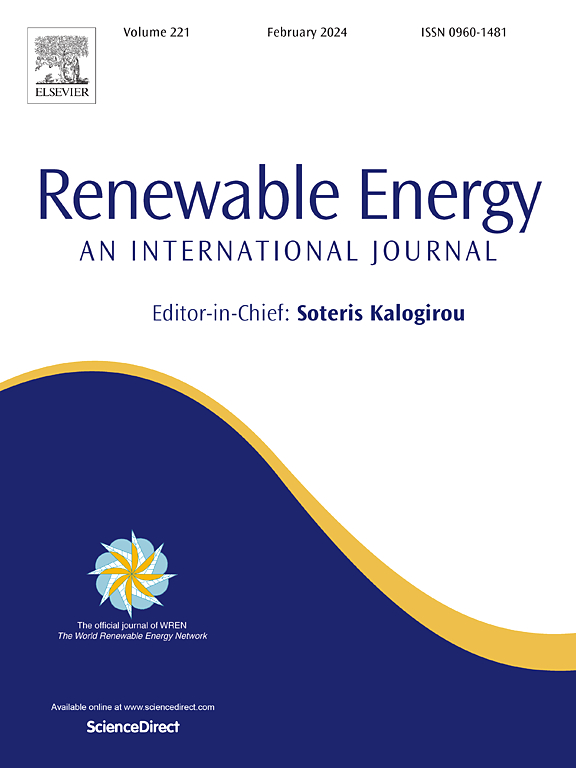Internal mixing mechanism and mixed layer development characteristics of hydrogen recirculation ejector
IF 9
1区 工程技术
Q1 ENERGY & FUELS
引用次数: 0
Abstract
Clarifying the internal flow characteristics and mixing mechanism of ejectors is highly important for improving ejector efficiency and further promoting the wide application of hydrogen fuel cells in various areas, such as ships, distributed power generation and energy storage. The employing of an ejector to recycle excess unreacted hydrogen in PEMFC can significantly improve its efficiency, but the mixed mechanism between the fluids in the ejector is unclear. In this study, a CFD numerical model of an ejector was established, the transport properties between the fluids were investigated, and the mixed mechanism of different fluids was revealed. The growth characteristics and mixed properties of the restricted compressible mixed layer were also elucidated. The results show that the mixing between fluids in the ejector satisfies the mixed mechanism of energy exchange with vortices as carriers. In addition, an adverse pressure gradient can effectively enhance mixing while accelerating vortex dissipation. For the restricted compressible mixed layer, the development can be divided into three stages by the influence of the velocity ratio and Mc. The mixing between the mainstream and the entrainment stream occurs in phases, with local development dominating at first and overall development dominating later.
求助全文
约1分钟内获得全文
求助全文
来源期刊

Renewable Energy
工程技术-能源与燃料
CiteScore
18.40
自引率
9.20%
发文量
1955
审稿时长
6.6 months
期刊介绍:
Renewable Energy journal is dedicated to advancing knowledge and disseminating insights on various topics and technologies within renewable energy systems and components. Our mission is to support researchers, engineers, economists, manufacturers, NGOs, associations, and societies in staying updated on new developments in their respective fields and applying alternative energy solutions to current practices.
As an international, multidisciplinary journal in renewable energy engineering and research, we strive to be a premier peer-reviewed platform and a trusted source of original research and reviews in the field of renewable energy. Join us in our endeavor to drive innovation and progress in sustainable energy solutions.
 求助内容:
求助内容: 应助结果提醒方式:
应助结果提醒方式:


